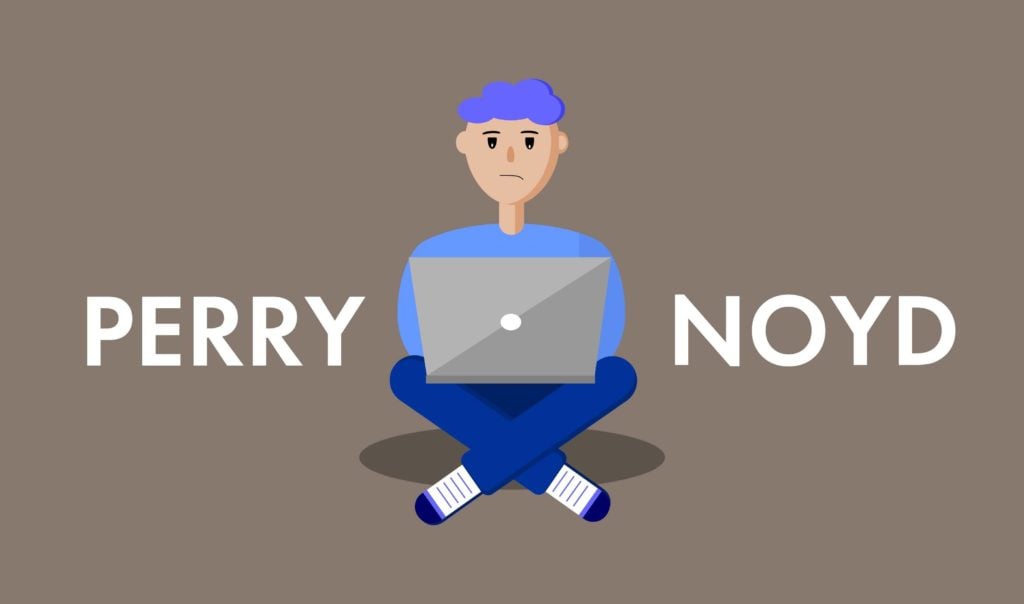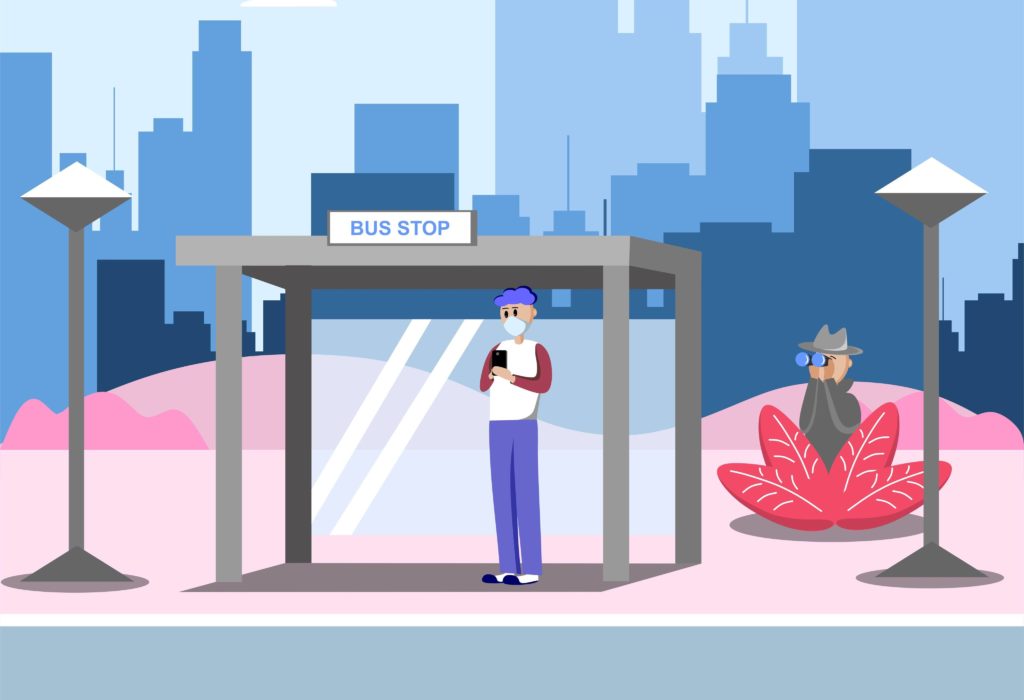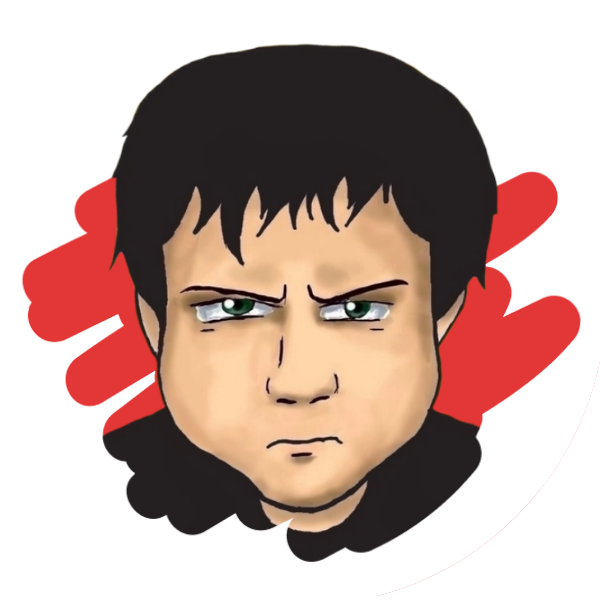Even if you have nothing to hide, it does not mean you want someone to surveil you. Your hobby, your interests, your bank transfers, the websites you visit, the services you use and even people you chat with are only your business. My name is Perry (last name is Noyd), I’m worried about my privacy and today I would like to talk about apps that «prevent» the spread of coronavirus. Are ready to use it? Do we really need it?

Technologies vs. Coronavirus
How technology can help us in the fight against the spread of coronavirus? For example, if we know who has been infected already, how to warn people who have contacted them about the dangers? Now almost everyone has a smartphone and use it every day. Can we use it to prevent infection or warn you of a potential danger? Well, in theory there are 3 common technologies we could use:
- SIM cards and cell towers. Multiple cell towers can be used to triangulate approximation location, and if we have a list of infected people, we could use their SIM cards to monitor their movement and then use SMS to notify people who contacted them. Bad news: cell towers show your location to within about a quarter-mile radius (or to a more exact pinpoint in urban areas, where cell towers are closer together). This is too big «error», but it’s still too big threat to your privacy. This way is terrifying, but it’s probably the only way to avoid special apps.
- GPS. We could use a special app and GPS to track user movement. If we see that two people were in the same place at the same time and we know that one of them is infected, we could notify other one about the danger. Bad news: the app will know and remember where you were, when you were there and how long you were there. But this way will be familiar to many users, because you probably already share location of your car to get road traffic information. Are you ready to share your location to feel safe?
- Bluetooth. Using Bluetooth we can find for other devices nearby. If you were close to someone who was infected, the app will notify you. Good news: we don’t need to know whey you were and when you were there, if we know that the other device was not far from you, it’s enough. This way seems as safe as possible, but…
Why are infected people walking on the street? Because you probably don’t understand how the application works. The app cannot predict the infection, it just shows that you were in contact with someone who was infected. If you feel bad, you should call the medical center and take tests. If your test is positive, you need to indicate this in the application, and then the app will notify everyone you’ve contacted about the potential danger.

But anyway, we should understand that applications notifying you of a hypothetical infection will work only under 2 conditions:
- if almost everyone will use it
- if infected people honestly indicate their status
Applications like this one cannot work with no data. The more people install the app, the more accurate it will work. No application will work effectively if we ignore it. But are you ready to use it? Maybe masks, soap and distance are more efficient, simpler and safer? Where is the difference between monitoring and surveillance?
By the way, you can follow Perry right now:

«Why are infected people walking on the street?» Because they don’t know they’ve been infected. Most people who get infected with COVID-19 never show symptoms, or they’re so mild that they’re confused with seasonal allergies, run-of-the-mill headaches, mild food poisoning, etc. For those that *do* end up showing symptoms enough to see a doctor or go to an emergency room, it can take as long as two weeks from the time of infection until symptoms appear.
But that isn’t the real harm.
The real harm in using these apps is «guilt by association». So, let’s say I went to the store to buy a quart of milk. Some time in a two-hour window either before or after I got that quart of milk, someone entered the store who tested COVID-positive a week later — which means she was contagious the day we both shopped at the same store. The way the system works, I would now be required to self-quarantine for two weeks (presumed positive until proven negative by outliving the contagion/symptom window), or of course longer if I actually did show symptoms. And everyone who was within a 30-foot-radius (Bluetooth’s lowest communications range) within that week before I got quarantine notification would have to self-quarantine as well, because they MAY have been in contact with me. Pretty soon, you will have complete lockdown again.
But that isn’t the worst of it.
Once we are used to government surveillance, and the pandemic is over (either because it dies out, we get a vaccine and quick treatment, or we achieve herd immunity and the deaths stop), the surveillance WILL NOT STOP. The government will repurpose the program to see «if we are in contact with any undesirables»: undocumented immigrants, known criminals, petty thieves, people with records of child abuse/molestation, etc. We will be, again, «guilty by association» even though we may have never been closer than 30-ft to each other. (In fact, we may be targeted as criminals even if OUR OWN HOMES HAVE BEEN BROKEN INTO.)
The problem is, it will happen so gradually and subtly that we will never know (just like a lobster thrown in a pot of cold water which is brought to a boil never knows it’s being killed).
The UK system failed in reasonable size groups of people because
the typical limit of bluetooth coonections (8) in most mobile devices
was unable to keep up with sufficient connection changes